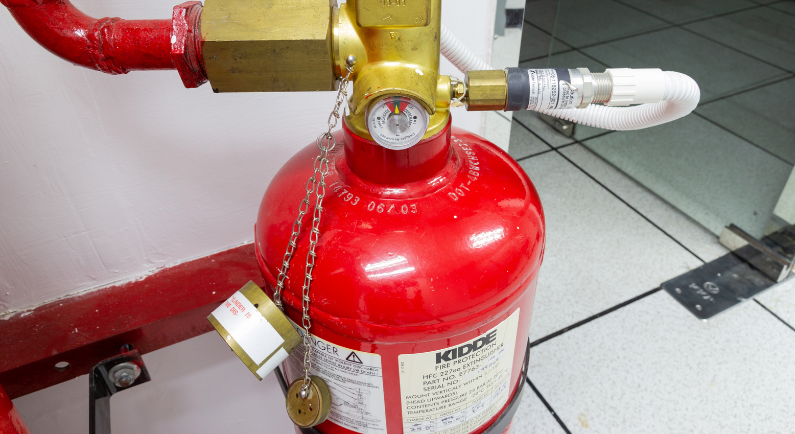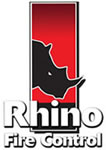
How PAFSS Fire Suppression Systems Are Effective In Protecting Electrical Enclosures
Electrical equipment, fires in electrical enclosures are not always obvious to detect – at least initially – as the smoke and heat is securely contained, so special detection equipment may be necessary to ensure a prompt response.
Automatic fixed fire suppression systems, such as a PAFSS (Pneumatically Actuated Fire Suppression Systems), can quickly identify and contain a fire within an electrical enclosure as soon as it occurs. Using direct low pressure, it extinguishes flames without causing harm to expensive equipment or stored data.
The Benefits Of Installing PAFSS In Your Electrical Enclosures
-
A comprehensively tested and approved fire suppression system
-
Fully compliant with Loss Prevention Certification Board (LPCB) standard LPS1666
-
Designed to extinguish fires within confined spaces, such as electrical enclosures
-
Prevents fire from spreading to other electrical enclosures or equipment
-
No mains electricity connection required, so PAFSS will operate when the power is down
-
Uses an environmentally friendly extinguishing agent
-
Can be monitored remotely, keeping site personnel safe
In What Electrical Enclosures Can A PAFSS System Be Used?
PAFSS is a highly effective and versatile fire suppression solution that can be used in a variety of electrical enclosures including:
-
Motor control centres
-
Switchgears
-
Automation panels
-
Communication cabinets
-
Server rooms
PAFSS is a flexible solution that can be tailored exactly to your business’s needs. A single system can be used to protect multiple enclosures simultaneously using individual PAFSS detection tubing, which acts as a linear heat and flame detector.
How Does PAFSS Work?
The PAFSS system is designed to position detection tubing close to the areas of highest risk within the electrical cabinet, so that heat and flame detection is almost instantaneous. When a flame is detected, or the ambient temperature rises suddenly above the threshold, the pressurised detection tubing ruptures. The extinguishing agent, which is stored within the enclosure, is then deployed through the burst hole, close to the fire, or via a series or pipes and nozzles.
Contact Rhino Fire Control For More Information
At Rhino Fire Control, we assist in the installation and maintenance of fire suppression systems, to give you peace of mind that your business’s assets are protected.
To find out more, please speak to an expert today.
Image Source: Canva


.png?width=230&height=56&name=Speak%20To%20An%20Expert%20button%20cta%20(1).png)

